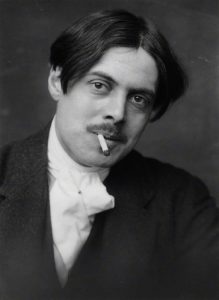Podcast: Play in new window | Download (Duration: 33:55 — 31.1MB)
Season 2019 / 2020 – Talk 11 – Pax Britannica
Pax Britannica describes the role of the Royal Navy in the century between 1815 and 1914, where Britain acted as ‘global policeman’
The talk is given by Elizabeth Anson. She has a great personal knowledge of the Royal Navy because she is the daughter of a Rear Admiral. Her father was Flag Officer, Malta when she was born. She was also the wife of Rear Admiral Sir Peter Anson.
A hundred years without a major conflict:
The ‘War of 1812‘ with the United States was the last major naval conflict until World War 1. The war saw the smaller Frigate, HMS Shannon, defeat the US Navy’s refitted Chesapeake off Boston.
Role of the Navy:
For most of the Nineteenth Century the Navy’s role protected British trade. It also enforced the law passed in 1807 that abolished slavery as Naval ships intercepted suspected ‘slavers’.
Britain’s global trading resulted in naval bases being set up across the world. They were critical to the Navy’s global role providing dockyards and resupply points.
The ‘Trincomalee Bell’:
We hear the story of the ‘Trincomalee Bell’, originally presented to Admiral Austen, the brother of Jane Austen. The bell travelled from Naval base to Naval base. The bell was sent to Jane Austen’s home in Chawton after a request by Admiral Peter Anson.
Hear the whole story by listening to this podcast. There is an echo and some electronic buzzing sounds resulting from the PA system.
Please note: Some of the views expressed in this talk reflect views common during this period of history and do not reflect those of the speaker, Farnham U3A World History Group or The MrT Podcast Studio.
To view the photographs accompanying this talk:
These pictures are free for use with this podcast. They differ from those shown at the original talk. Please click on a thumbnail to open the gallery:
About this podcast:
The Farnham U3A site is found here.
This podcast is also available through the Amazon Music, Apple Podcasts, Castbox, Deezer, Podchaser, Spotify and Stitcher ‘apps’.
AKM Music has licensed Media Magazine for use as the title music.
© The MrT Podcast Studio and Farnham U3A World History Group 2020
![]()

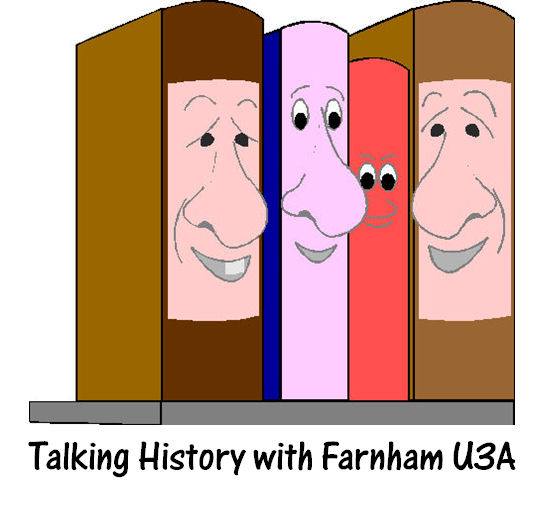
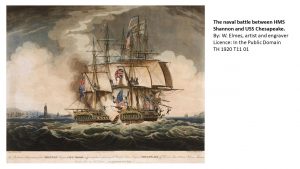
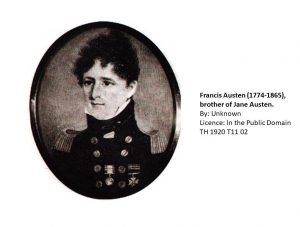
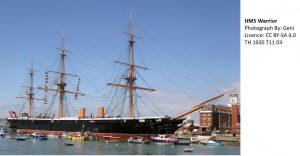
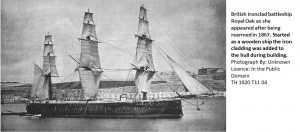
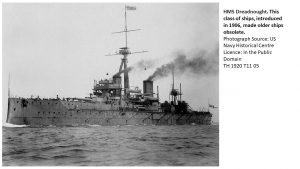
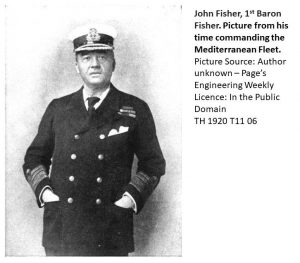
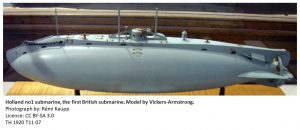
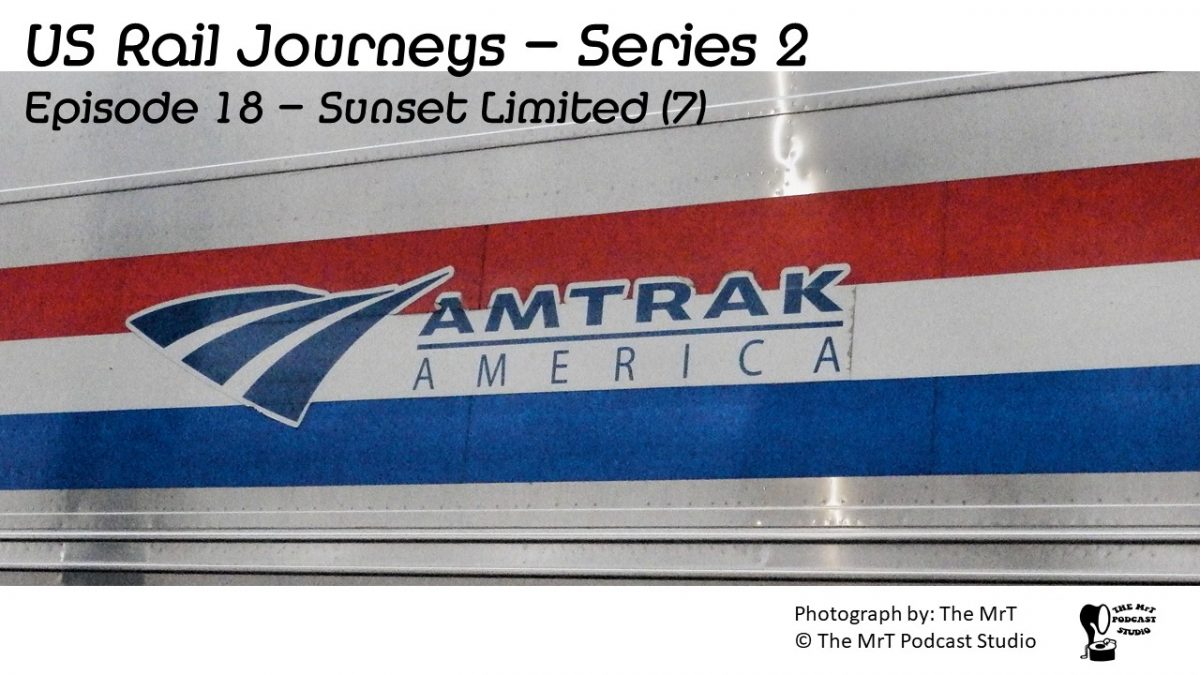

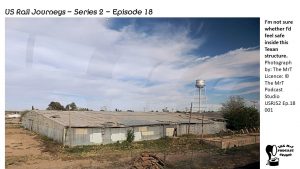
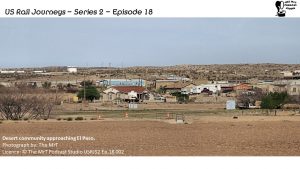
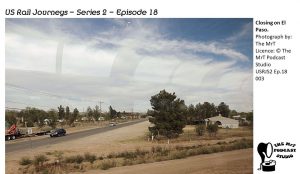
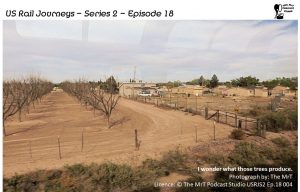
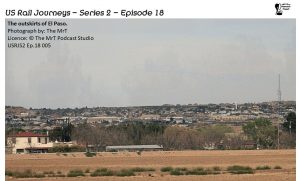
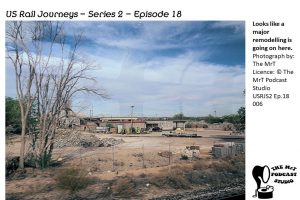
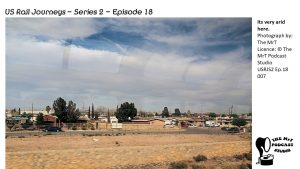
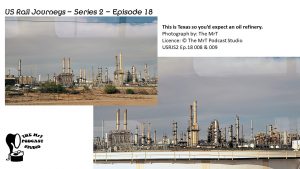
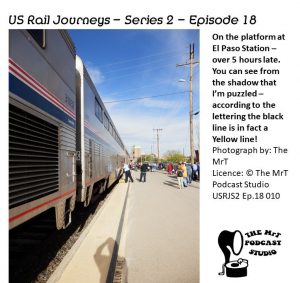
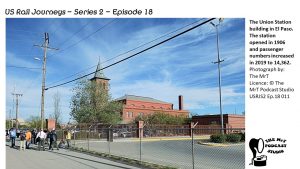
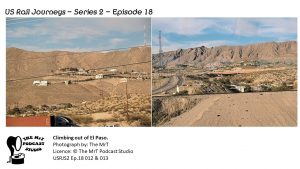
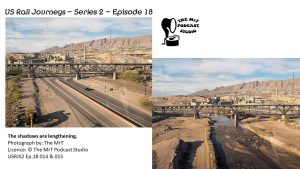
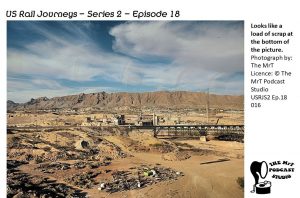
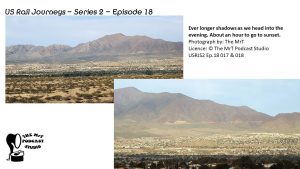
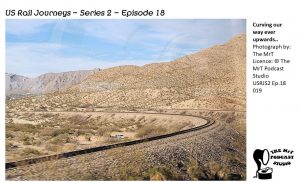
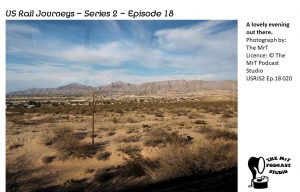
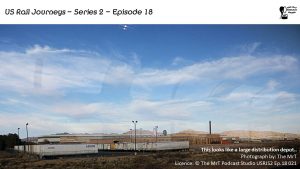
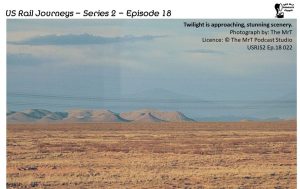
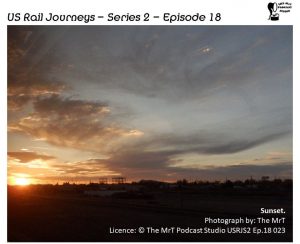
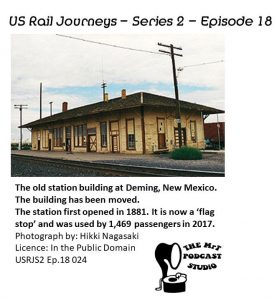
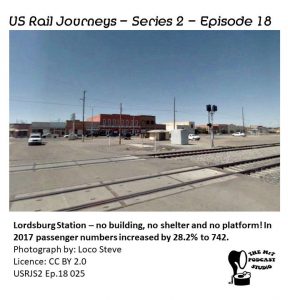
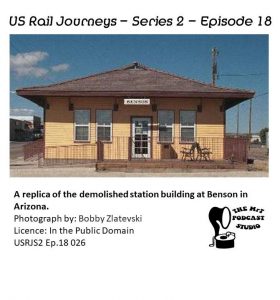
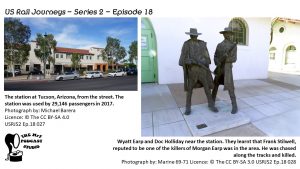
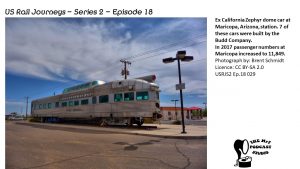
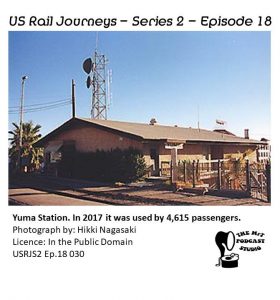
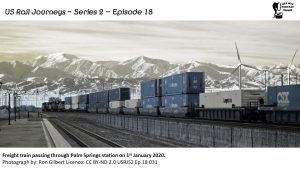
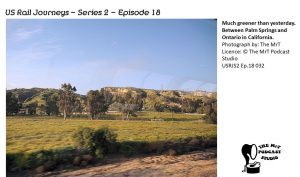
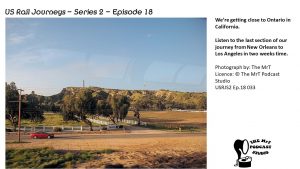
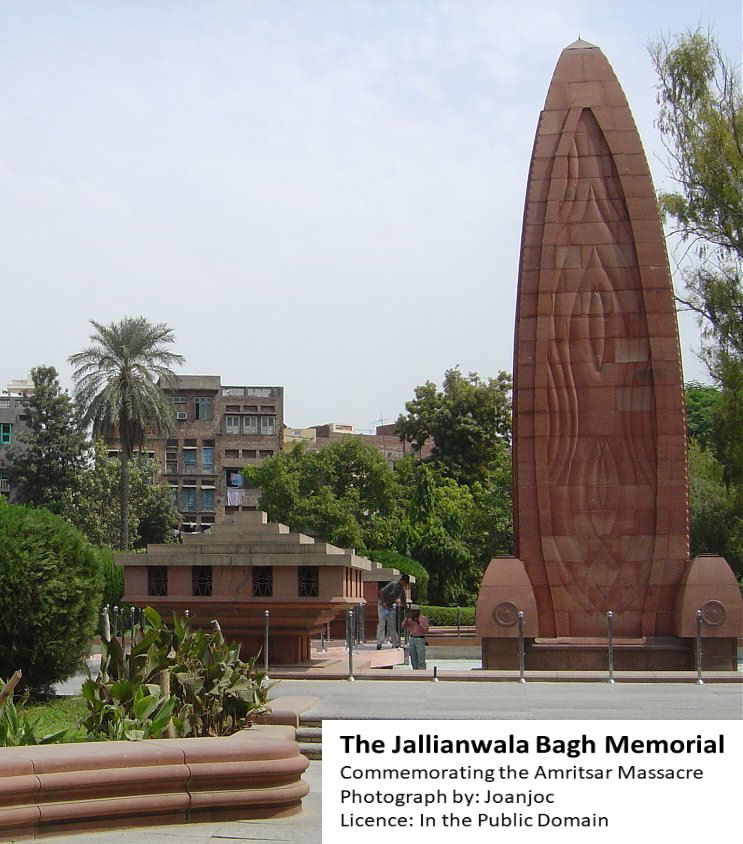
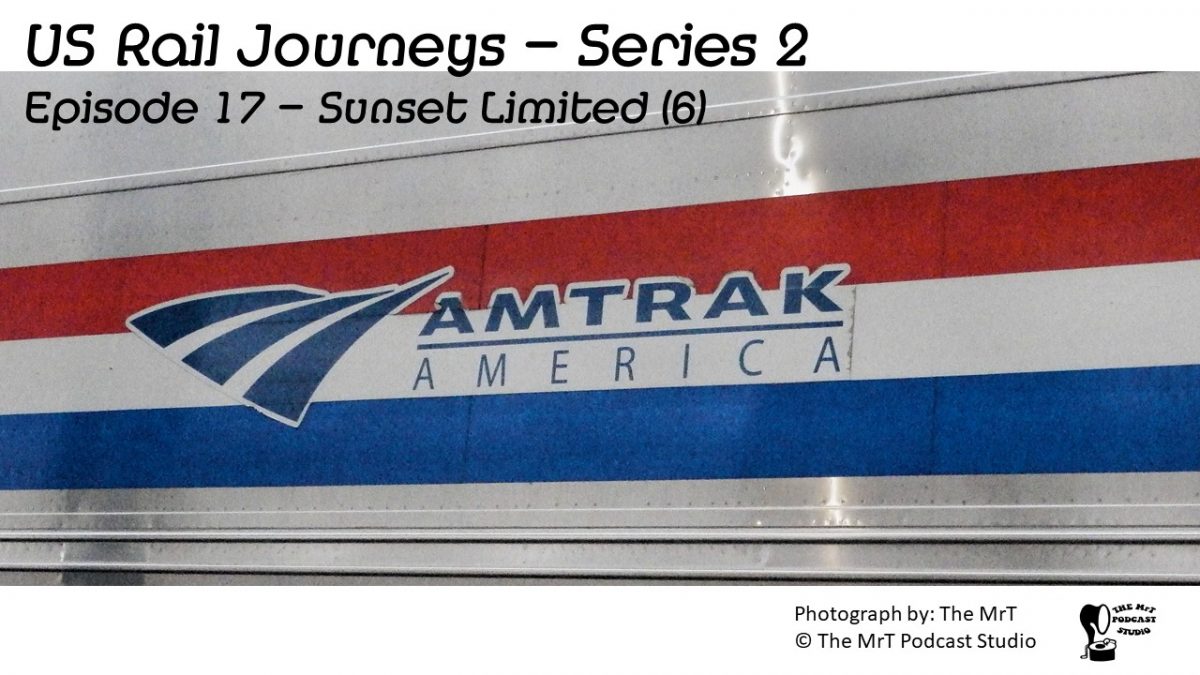


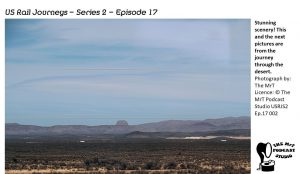
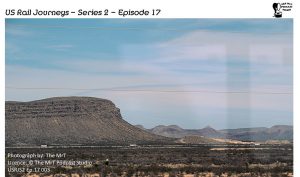
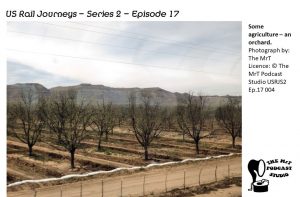
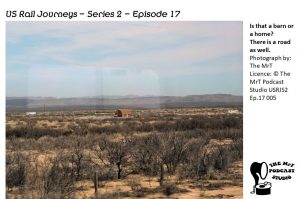
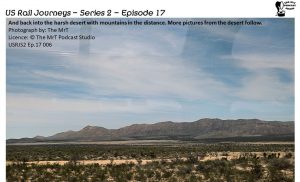
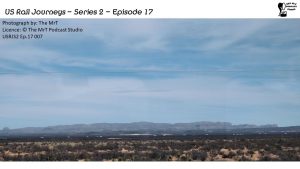
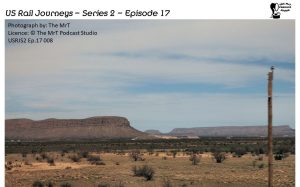
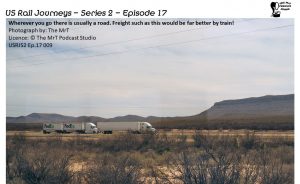
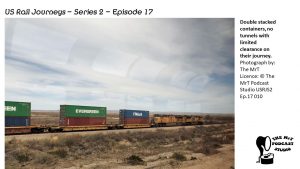
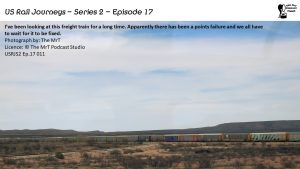
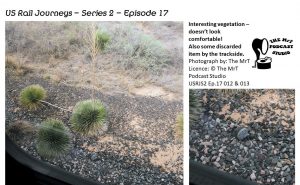
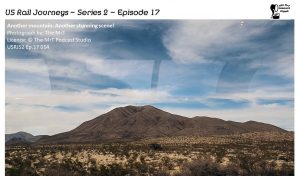
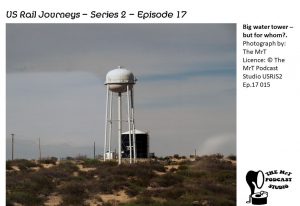
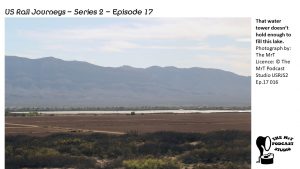
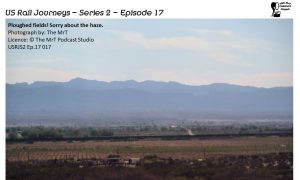
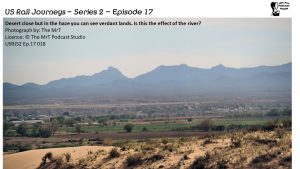
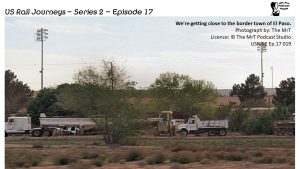
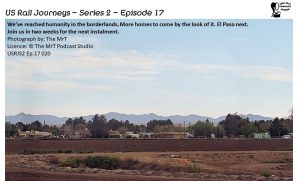
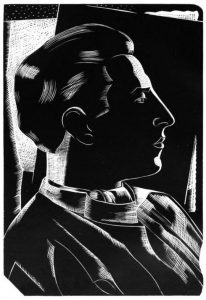 Paul Nash a British surrealist painter and war artist. He was also a photographer, writer and designer of applied art. He was among the most important landscape artists of the time and played a key role in the development of Modernism in English art.
Paul Nash a British surrealist painter and war artist. He was also a photographer, writer and designer of applied art. He was among the most important landscape artists of the time and played a key role in the development of Modernism in English art.